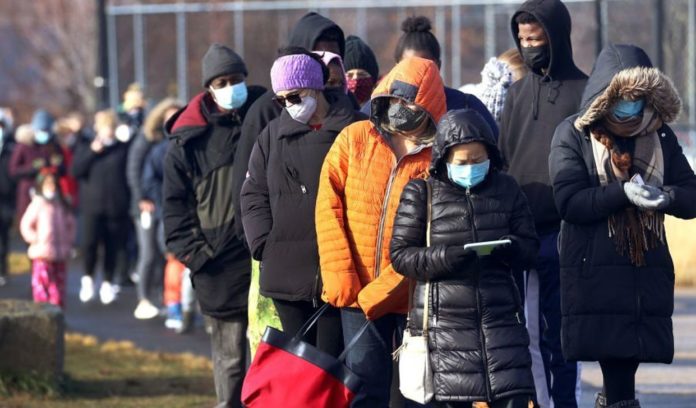Some individuals infected with COVID-19 experience lasting symptoms for weeks or months following the onset of recovery. You may recognize this as the “long COVID.” Post-acute sequelae SARS-CoV-2 infection (PASC) is the phrase coined by specialists.
Few studies have shown that those who develop Long COVID or PASC were physically inactive after SARS-CoV-2 infection compared to before infection. As a result, it’s critical to figure out how physical inactivity raises the risk of PASC in those who survive severe COVID-19.
The current study asked 749 eligible patients who had been hospitalized for COVID-19 between March and August 2020 in a tertiary hospital in Sao Paulo, Brazil, to come in for an in-person visit six to eleven months later.
Pre-existing comorbidities, such as hypertension, type 2 diabetes, and obesity, were found in the majority of patients admitted to the hospital intensive care unit (ICU). The researchers classed all of the study participants as physically inactive, according to WHO guidelines, which define physically active as more than 150 minutes of moderate-to-vigorous physical exercise each week.
PASC symptoms were assessed using standardized scales and the International Physical Activity Questionnaire-Short Form (IPAQ-S) to establish a patient’s level of physical activity in the previous seven days. The time spent on each physical activity was then estimated by multiplying the number of days by the self-reported hours.
A Research Electronic Data Capture (REDCap) system was used to host web-based case report forms that researchers used to collect study data from interviews and other examinations. Patients’ characteristics were provided as absolute (n) and relative (percent) frequency. Confounders were chosen using a direct acyclic graph (DAG), which identified a minimum set of covariates to exclude confounding factors.
The study comprised data from 614 individuals, with a median age of 5613 years and a male-to-female ratio of 53 percent. Unfortunately, only 39 percent of patients followed the physical activity guidelines.
The adjusted study model took into account confounders and found that patients with one or more PASC symptoms had a 1.56 odds ratio (OR) of not being physically active. Physical activity was inversely linked to the number of PASC symptoms. Patients with more than five PASC-specific symptoms had a 133 percent higher chance of being physically inactive than those with no symptoms.
Furthermore, 61 percent of PASC patients had a higher rate of physical inactivity, and PASC was linked to a 56 percent higher risk of physical inactivity. Physical inactivity was found to be 51 percent, 62 percent, 58 percent, and 71 percent in individuals with zero, one, one to four, and five or more PASC symptoms, respectively.
Only five symptoms, including severe muscle or joint pain, fatigue, post-traumatic stress, insomnia, and dyspnea, increased the likelihood of physical inactivity, with ORs of 1.49, 1.96, 1.53, 1.59, and 2.22, respectively. Cognitive decline, depression, anxiety, and loss of smell and taste were not linked to physical inactivity.
The study found a surprising link between physical inactivity, which is becoming a leading cause of illness and death in COVID-19 patients, and PASC in a group of people who had been hospitalized for COVID-19 but had recovered. After six months of acute SARS-CoV-2 infection, several individuals had physical, mental, and cognitive deficits. The finding that PASC increases the likelihood of physical inactivity is novel and has never been studied before. Only one other population-based study in Brazil found that 47 percent of people of similar age (as the current cohort) were physically inactive, compared to 61 percent in the current study.
They concluded: that COVID-19 and PASC can cause chronic physical inactivity and have an impact on patient survival. Because diverse organ dysfunctions exacerbate PASC, future studies should look at which ones have the most impact on PASC-related physical inactivity.
Future research should focus on developing tools to consistently identify physical inactivity among SARS-CoV-2 infection survivors, as well as the apparent effect of anti-COVID-19 therapy, such as immunization, in avoiding physical inactivity. Identifying patients who could be specifically targeted for therapy tailored to encourage physical activity in order to alleviate the PASC-related load would be equally significant.
Image Credit: Getty
You were reading: A Unique Long-COVID Symptom Reported in Hospitalized Patients
